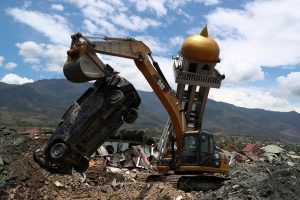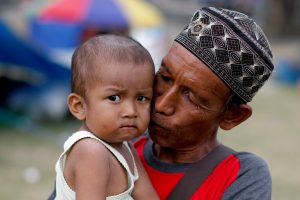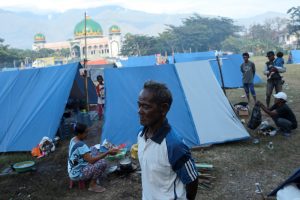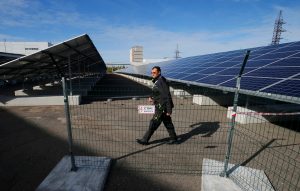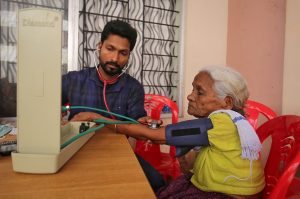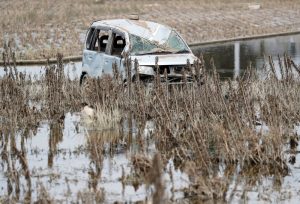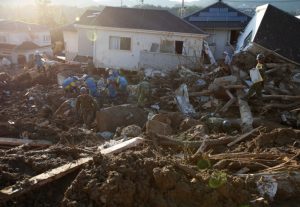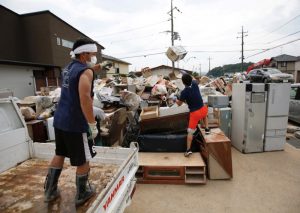
By By, Kate, Kelland,, Health and and
LONDON, Jan 14 (Reuters) – Global health teams battling the world’s second largest Ebola epidemic in Democratic Republic of Congo fear an election dispute may deepen public mistrust and allow the epidemic to run out of control.
Fostering confidence in health authorities is essential when fighting a disease that can spread furiously through communities where local services are scant and patients are often scared to come forward to government or international response teams.
“When you have political instability, public health always suffers,” said Jeremy Farrar, an infectious disease expert who recently visited east Congo with a World Health Organization leadership team.
Without public trust, he said, the Congo epidemic could kill many hundreds more people.
The Dec. 30 election was supposed to mark Congo’s first uncontested democratic transfer of power after 18 years of chaotic rule by President Joseph Kabila.
But accusations of fraud and calls for a recount are threatening more volatility and violence after opposition leader Felix Tshisekedi was declared the winner.
“The worst case scenario is that political instability remains, mistrust grows … and then there’s nothing to stop the epidemic getting embedded into a big urban center and taking off as it did in West Africa,” said Farrar.
“GAINS COULD BE LOST”
Already, 385 people have been killed in the outbreak of Ebola in east Congo that began six months ago and has infected at least 630 people, according to WHO data. The death rate in this epidemic – by far the biggest Congo has seen, and the world’s second largest in history – is more than 60 percent.
Ebola spreads through contact with bodily fluids. It causes hemorrhagic fever with severe vomiting, diarrhea and bleeding. The outbreak is concentrated in North Kivu and Ituri provinces.
There are some signs case numbers in the North Kivu city of Beni may be leveling off, but WHO experts are cautious.
They say the apparent lull might be due to people getting ill but failing to seek proper diagnosis and treatment.
The West Africa Ebola outbreak Farrar referred to lasted for two years from 2014. It infected 28,000 and killed more than 11,300 people in an epidemic that devastated Sierra Leone, Liberia and Guinea and spread in sporadic cases to several other African countries as well as the United States and Europe.
The WHO says the risk of the disease spreading remains “very high” at national and regional levels and is working urgently with Congo and its neighbors – Uganda, Rwanda and South Sudan – to do everything to avoid that happening again.
WHO spokesman Tarik Jasarevic said 25 million people have already been screened for Ebola at border checks with Congo’s neighbors. Vaccination campaigns have also begun for health workers in Uganda and South Sudan.
Jasarevic also said multiple threats to response teams’ ability to find, treat and prevent cases of Ebola infection make the Congo situation particularly worrisome: “Gains could be lost if we suffer a period of prolonged insecurity,” he said.
(Reporting by Kate Kelland; Editing by Andrew Cawthorne)

![Rural women who have carried their malnourished children for days across the Sahel desert in search of [food] rush into an emergency feeding center in the town of Guidan Roumdji, southern Niger, July 1, 2005. [Niger's severe food crisis could have been prevented if the United Nations had a reserve fund to jump-start humanitarian aid while appeals for money were considered, a senior U.N. official said on July 19. Some 3.6 million people are in need of food, among them 800,000 malnourished children. About 150,000 may die unless food arrives quickly in the impoverished West African nation of 13 million.] Picture taken July 1, 2005. - PBEAHUNYKGE](https://d32l76m080vome.cloudfront.net/wp-content/uploads/sites/11/2018/11/16120511/2018-11-16T175152Z_1_LYNXNPEEAF1GT_RTROPTP_3_NIGER.jpg)

